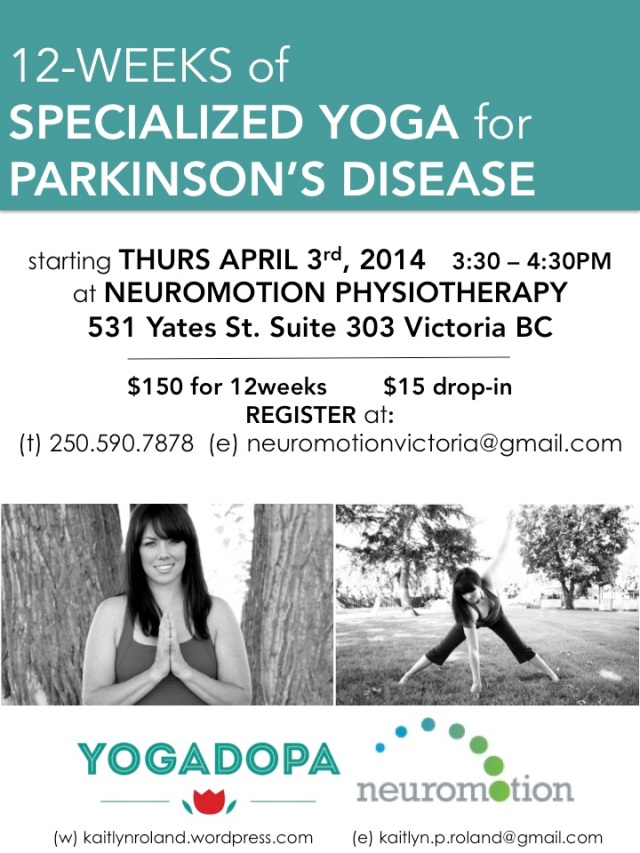To address tight and rounded shoulders, something commonly seen in our society, we can use the serratus anterior and middle trapezius to balance and stabilize the shoulders.
In our body, muscles work in pairs – one contracts, and opposing one relaxes (i.e. think about how your biceps and triceps work when you bend your elbow). This means that we need to exercise muscles in pairs.
In rounded shoulders, you can feel your serratus anterior (side rib, pulls scapulas forward) by creating a big bear hug action; you can feel your mid trapezius (middle of shoulder blades) by bending your elbows at side and squeeze your shoulders together.
To realign back to a neutral shoulder, we need to work out tension in the serratus and strengthen the trapezius.
–
Try the following sequence to bring your shoulders back to neutral:
–
Crocodile (makarasana)
Lie flat on the floor on your stomach. Your arms should be in front of you, with your elbows just in front of the shoulders. Widen your legs mat width. Squeeze your buttocks together and press into the floor. Lift up in your chest and bend your elbows to clasp each elbow with the opposite palm. Tuck in your chin and gently rest your forehead on your arms. Reposition your body if you need to for comfort. Hold the pose for several breaths and release on an exhale.
–
–
Heartbed
Place a rolled up blanket lengthwise along your mat. Place your hips and lay your spine along the rolled up blanket to open your chest. Bend your elbows and place the back of your palms on the ground (“cactus”).
–
–
Downward dog (ardo mukha svanasana)
Starts on your hands and knees and lift up into downward dog (see “
Teaching an old (downward) dog new tricks” for more instructions). Open up front of armpits, press through pad of index fingers, draw your belly in, life through sits bones, ease through side ribs, slide your shoulders down your back, relax your neck (
I need to relax my neck in this picture!) and jaw.
–
–
Cobra (bhujangasana)
Lie face down on the floor on a yoga mat with your palms flat, placed beneath your shoulders. The tops of your feet should be flat on the floor. Engage your abs by tilting your pelvis and drawing your belly button toward your spine to protect your lower back. Spread your fingers and press your palms into the floor. Rotate your shoulders back and down – away from your ears. Push your upper body off the floor and straighten your arms as much as is comfortable while keeping your hips, legs and feet planted on the mat.
–
–
Bridge (setu bhandasana)
Lie on your back with your knees bent and feet on the floor. Extend your arms along the floor, palms flat. Roll your shoulders back and underneath your body and bend your elbows to 90degrees. Press your feet and back of upper arms firmly into the floor. Exhale as you lift your hips toward the ceiling. Draw your tailbone toward your pubic bone, holding your buttocks off the floor. Keep your thighs and feet parallel and press your weight evenly across all four corners of both feet. Lengthen your tailbone toward the backs of your knees.
 —
—–
Regular practice will help strengthen and stretch those muscles (traps, serratus) to help you greet the world with a more open chest, deeper breath and fuller heart. much love.
For more info,
watch “Trapezius and Serratus Anterior” by Sara Guglielmi on Yoga Internation.




































